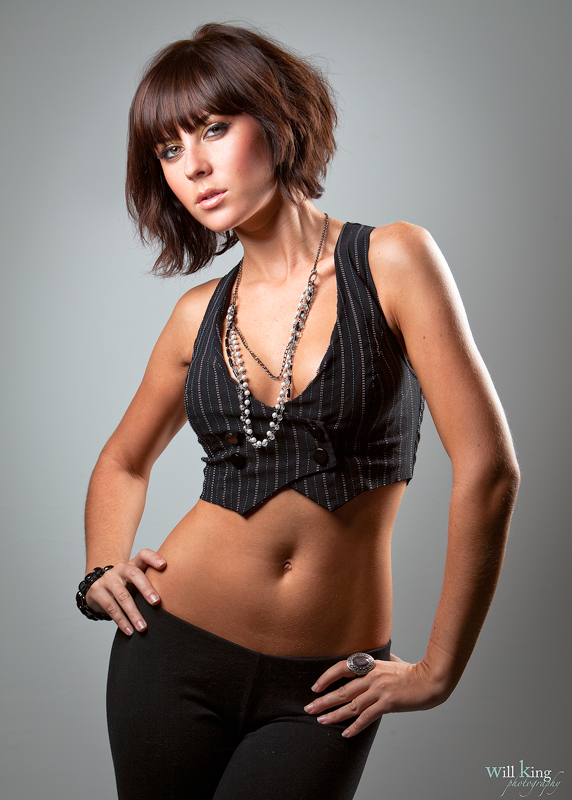Accent lighting can add a nice three dimensional touch to any shot but it can be challenging to properly execute. The goal is to create a soft light that can be contained to a certain area. Soft light usually spreads everywhere thus making two light sources appear flat. So how do you create soft light that's also controllable? Grids!

For this shot of Heather, I used a Beauty Dish with a grid on it (camera left) as the key light, and a stripbox with a grid (camera right) for the accent light.









 Remember, when shooting children or pets, get on their level.
Remember, when shooting children or pets, get on their level.